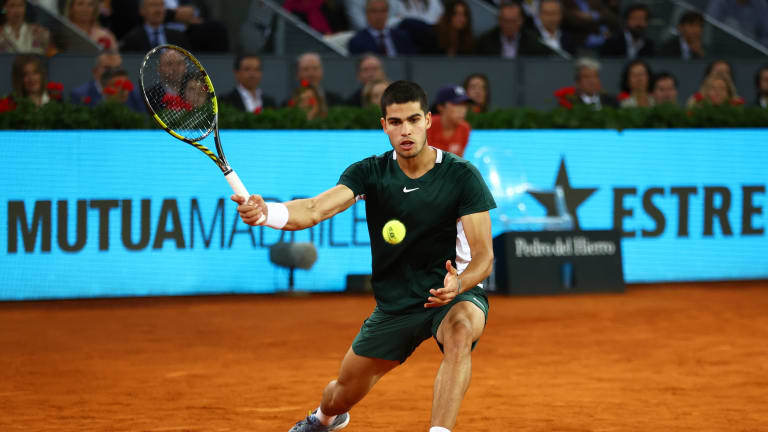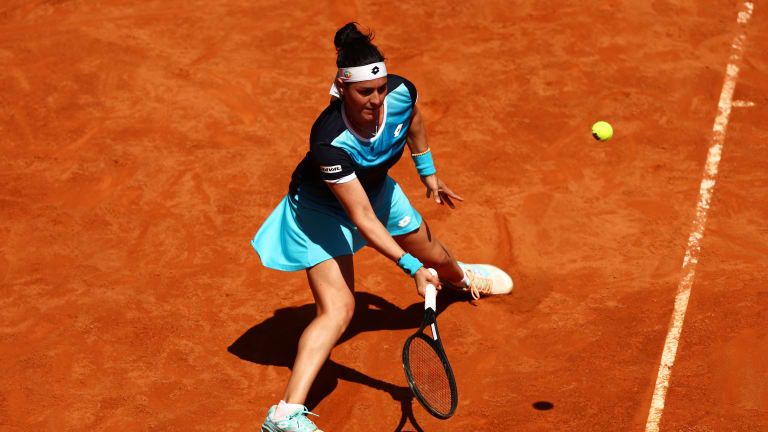Thanks to "the cool kids," the drop shot is flourishing with style and substance in a power-driven generation
By Jun 07, 2022ATP Barcelona, Spain
Carlos Alcaraz bids for second straight clay-court title in Barcelona against Holger Rune
By Apr 19, 2025The Tennis Traveler
Joining defending champions Andrey Rublev and Iga Swiatek in Madrid
By Apr 18, 2025Social
Carlos Alcaraz offers support to Sara Sorribes Tormo after she announces break from tennis
By Apr 18, 2025ATP Monte Carlo, Monaco
Monte Carlo takeaways: Alcaraz wins by playing for himself, one-handed backhands hold firm
By Apr 14, 2025Week In Preview
Aryna Sabalenka takes her first crack at Iga Swiatek's clay-court supremacy in Stuttgart
By Apr 14, 2025The Business of Tennis
Carlos Alcaraz surpasses 40 million dollars in career prize money after winning Monte Carlo
By Apr 14, 2025Ranking Reaction
Carlos Alcaraz rises back up to No. 2 on ATP rankings after winning Monte Carlo title
By Apr 14, 2025Weekend Winners
How Carlos Alcaraz put a 'difficult month' behind him with his first Monte Carlo title
By Apr 13, 2025Stat of the Day
Carlos Alcaraz is now 10-1 in his career in Grand Slam and Masters 1000 finals combined
By Apr 13, 2025Thanks to "the cool kids," the drop shot is flourishing with style and substance in a power-driven generation
Once derided as a way to bail out of a pressure-cooker rally, the dropper is now seen as a way to disrupt and reframe one.
Published Jun 07, 2022
Advertising
Advertising

The drop shot was a notable factor in Alcaraz winning 14 consecutive matches on clay before being stopped by Alexander Zverev in his maiden Roland Garros quarterfinal.
© Getty Images
Advertising
Advertising

Jabeur picked up her biggest career title in Madrid and backed it up with a Rome runner-up finish the following week, using the dropper to great effect.
© Getty Images